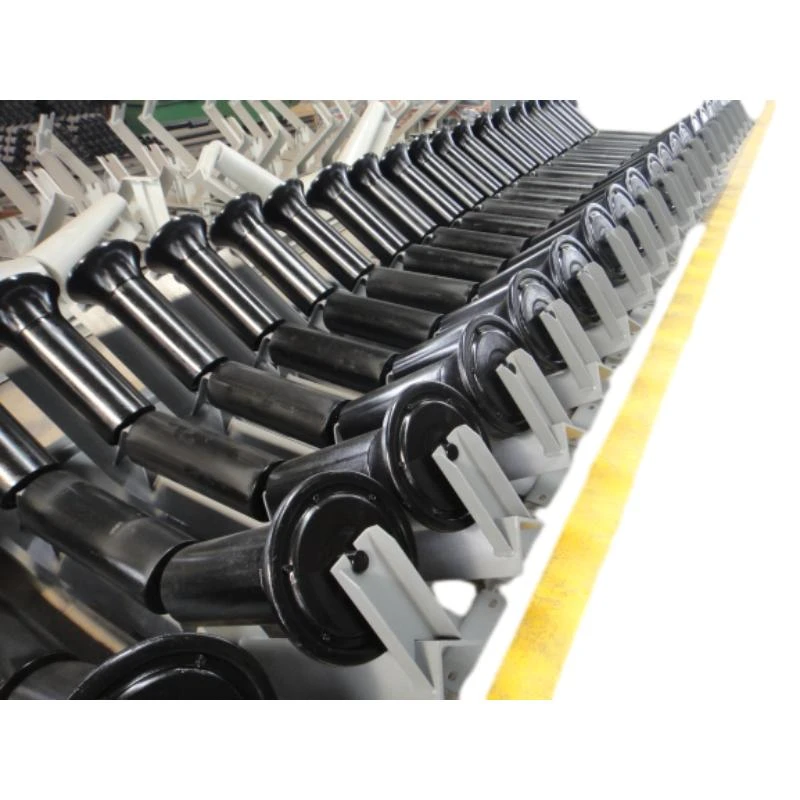 Afrikaans
Afrikaans  Albanian
Albanian  Amharic
Amharic  Arabic
Arabic  Armenian
Armenian  Azerbaijani
Azerbaijani  Basque
Basque  Belarusian
Belarusian  Bengali
Bengali  Bosnian
Bosnian  Bulgarian
Bulgarian  Catalan
Catalan  Cebuano
Cebuano  Corsican
Corsican  Croatian
Croatian  Czech
Czech  Danish
Danish  Dutch
Dutch  English
English  Esperanto
Esperanto  Estonian
Estonian  Finnish
Finnish  French
French  Frisian
Frisian  Galician
Galician  Georgian
Georgian  German
German  Greek
Greek  Gujarati
Gujarati  Haitian Creole
Haitian Creole  hausa
hausa  hawaiian
hawaiian  Hebrew
Hebrew  Hindi
Hindi  Miao
Miao  Hungarian
Hungarian  Icelandic
Icelandic  igbo
igbo  Indonesian
Indonesian  irish
irish  Italian
Italian  Japanese
Japanese  Javanese
Javanese  Kannada
Kannada  kazakh
kazakh  Khmer
Khmer  Rwandese
Rwandese  Korean
Korean  Kurdish
Kurdish  Kyrgyz
Kyrgyz  Lao
Lao  Latin
Latin  Latvian
Latvian  Lithuanian
Lithuanian  Luxembourgish
Luxembourgish  Macedonian
Macedonian  Malgashi
Malgashi  Malay
Malay  Malayalam
Malayalam  Maltese
Maltese  Maori
Maori  Marathi
Marathi  Mongolian
Mongolian  Myanmar
Myanmar  Nepali
Nepali  Norwegian
Norwegian  Norwegian
Norwegian  Occitan
Occitan  Pashto
Pashto  Persian
Persian  Polish
Polish  Portuguese
Portuguese  Punjabi
Punjabi  Romanian
Romanian  Russian
Russian  Samoan
Samoan  Scottish Gaelic
Scottish Gaelic  Serbian
Serbian  Sesotho
Sesotho  Shona
Shona  Sindhi
Sindhi  Sinhala
Sinhala  Slovak
Slovak  Slovenian
Slovenian  Somali
Somali  Spanish
Spanish  Sundanese
Sundanese  Swahili
Swahili  Swedish
Swedish  Tagalog
Tagalog  Tajik
Tajik  Tamil
Tamil  Tatar
Tatar  Telugu
Telugu  Thai
Thai  Turkish
Turkish  Turkmen
Turkmen  Ukrainian
Ukrainian  Urdu
Urdu  Uighur
Uighur  Uzbek
Uzbek  Vietnamese
Vietnamese  Welsh
Welsh  Bantu
Bantu  Yiddish
Yiddish  Yoruba
Yoruba  Zulu
Zulu Understanding Tail Pulley Take-Up Mechanisms in Conveyor Systems
Understanding Tail Pulley Take-Up Mechanisms
In various industrial applications, the effective management of belt systems is crucial, and a key component in this system is the take-up mechanism, specifically in tail pulley configurations. The tail pulley take-up serves an essential role in maintaining the proper tension and alignment of conveyor belts, ensuring the smooth and efficient operation of material handling systems.
What is a Tail Pulley?
A tail pulley is the end pulley of a belt conveyor system, located at the discharge or return end of the conveyor. Its primary function is to support the belt and create a point of tension. Proper function of the tail pulley is vital for the overall efficiency and longevity of the conveyor system. The wear and tear on the belt can result in significant downtime and maintenance costs, making the take-up mechanism an essential aspect of conveyor design.
The Role of the Take-Up Mechanism
The take-up mechanism adjusts the tension of the conveyor belt. It is typically composed of various components such as a tensioning device, a frame, and sometimes additional pulleys. The primary purpose of the take-up system is to keep the belt taut, compensating for any elongation that may occur over time due to the natural wear of the rubber or the operations of the conveyor.
Importance of Precise Tension Control
Maintaining the correct tension is crucial; if the tension is too loose, the belt may slip, leading to misalignment and possible damage. Conversely, excessive tension can cause undue stress on the conveyor components, leading to premature wear or catastrophic failure. Therefore, a well-designed tail pulley take-up mechanism is indispensable for optimal performance.
Types of Take-Up Mechanisms
tail pulley take up

There are several types of take-up mechanisms commonly used in tail pulley configurations. The most prevalent include
1. Manual Take-Up This is the simplest form of take-up where an operator physically adjusts the tension using mechanical levers or hand-operated winches. While this system is cost-effective, it requires regular manual intervention, which can lead to inconsistencies in tension.
2. Automatic Take-Up More modern systems utilize automatic take-up adjustments. These systems can automatically adjust the belt tension in response to changes in load, belt wear, or other factors. Hydraulic or pneumatic systems are commonly employed in these setups, offering precision and reducing the need for manual calibration.
3. Gravity Take-Up In this system, the weight of the take-up device applies tension to the belt dynamically. The adjustment is done by either increasing the weight or changing its position, allowing for continuous tension optimization without frequent manual intervention.
Benefits of Efficient Tail Pulley Take-Up Systems
An efficient tail pulley take-up system results in numerous benefits
- Increased Conveyor Lifespan Properly tensioned belts significantly reduce wear and prolong the operational life of the conveyor system. - Reduced Downtime Automated systems allow for real-time adjustments, reducing the risk of unexpected breakdowns and maintenance needs. - Enhanced Safety Proper belt tension minimizes the risk of slippage or mechanical failure, protecting both equipment and personnel. - Improved Productivity Consistent operation ensures that materials are handled efficiently, directly contributing to productivity gains.
Conclusion
The tail pulley take-up mechanism plays a pivotal role in the reliable operation of conveyor systems. By maintaining the correct belt tension, these mechanisms ensure the smooth transport of materials, minimize maintenance needs, and enhance overall safety. As industries continue to evolve, investing in advanced take-up systems will remain a priority, ensuring that conveyor operations are efficient, safe, and reliable. Adopting technology that enables precision and automated adjustments could very well be the key to maximizing productivity in an increasingly competitive market.
-
Wing Pulley Conveyor for Conveyor Belt MaintenanceNewsJun.16,2025
-
Self Cleaning Spiral Idler for Conveyor DesignNewsJun.16,2025
-
Pulley Lagging for Conveyor Belt AlignmentNewsJun.16,2025
-
Impact Idlers Used in Belt Conveyor for PerformanceNewsJun.16,2025
-
Ceramic Lagging Conveyor Pulley for Conveyor Belt SystemsNewsJun.16,2025
-
Belt Conveyor Idler for Heavy-Duty ApplicationsNewsJun.16,2025





























